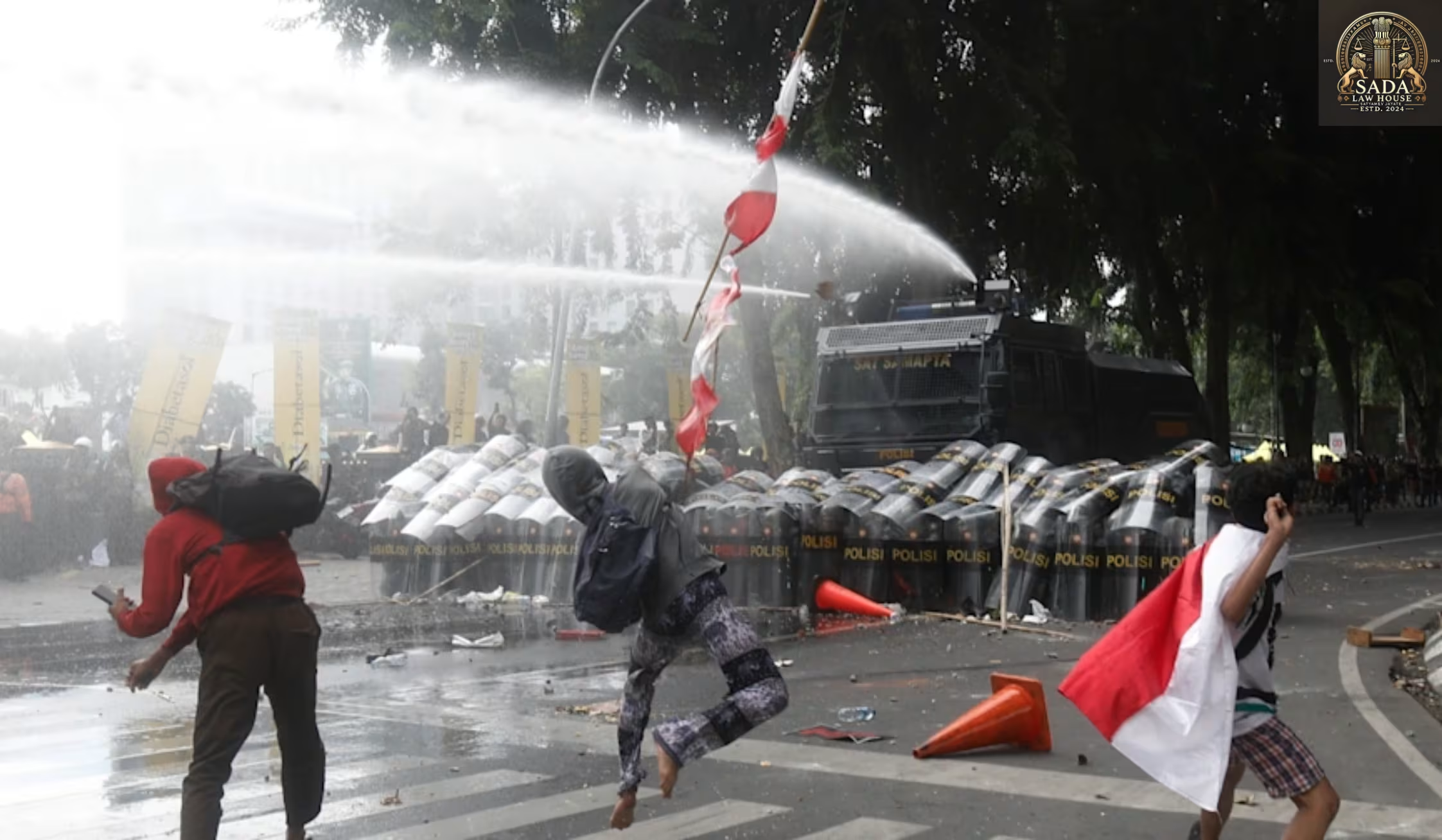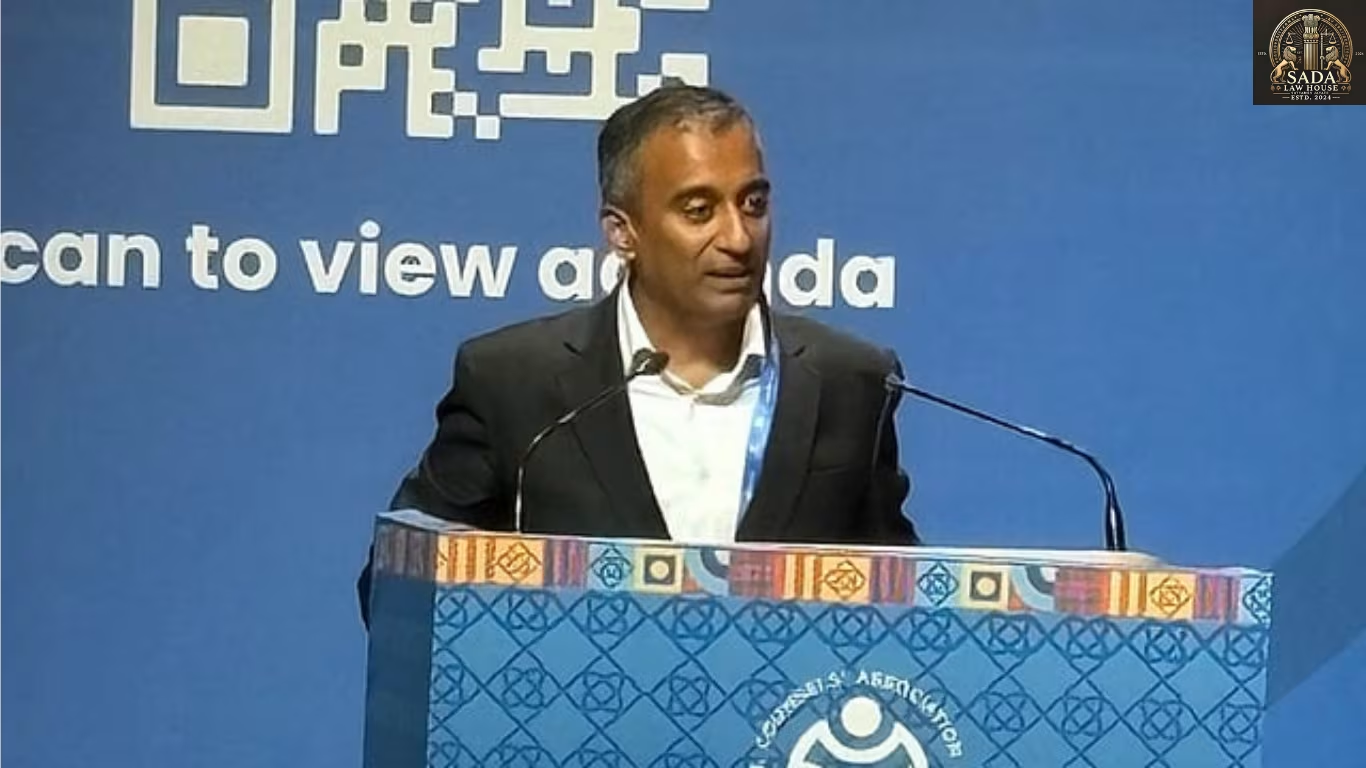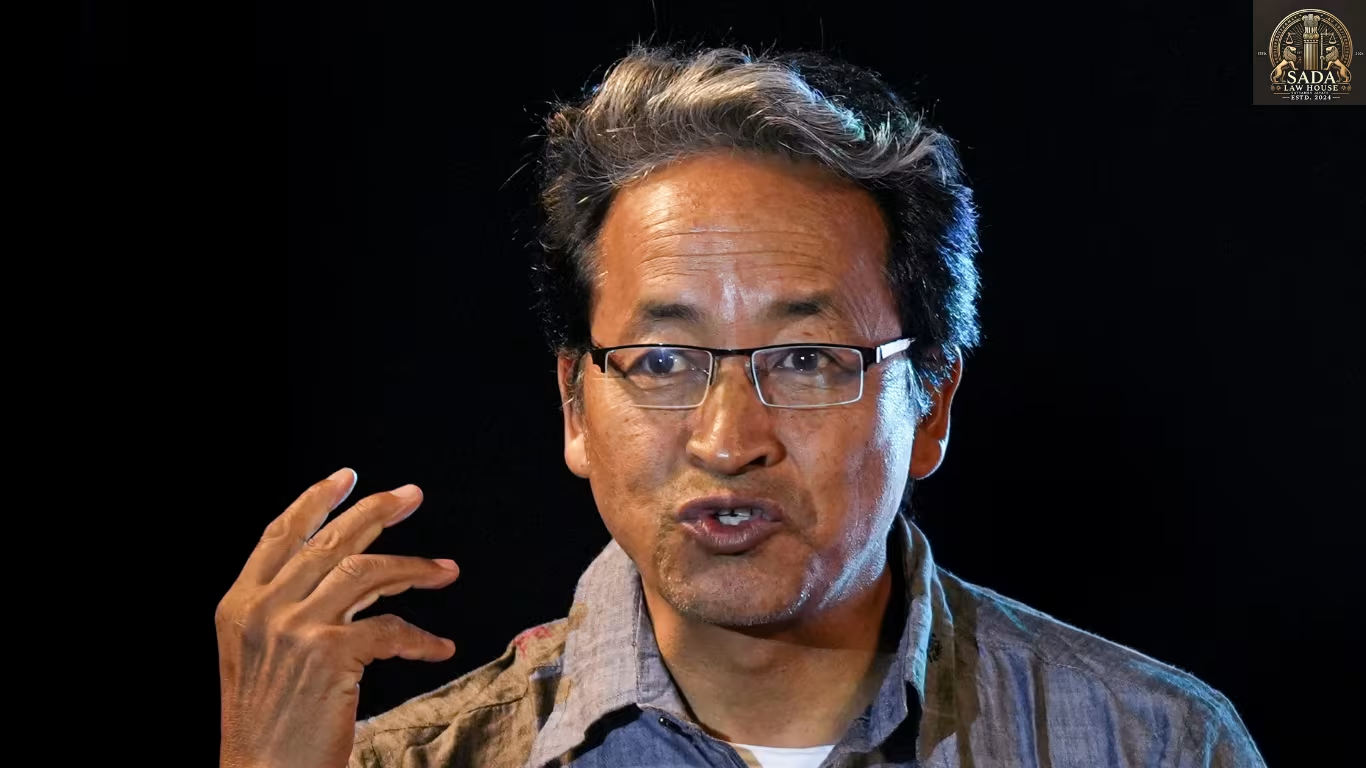Indonesia Protests Turn Deadly as Parliament Building Torched in Makassar
- Shristi Singh
- 30 AUG 2025

Deadly protests erupt in Makassar, South Sulawesi, as demonstrators torch the parliament building. With three killed and rising unrest, President Prabowo Subianto faces mounting political and economic challenges.
Introduction
Violence escalated in South Sulawesi on 30 August 2025, when protesters set fire to the regional parliament building in Makassar. The incident left three dead and at least five injured, intensifying unrest fueled by economic frustration and anger over a controversial parliamentary pay hike. The turmoil poses one of the most serious tests yet for President Prabowo Subianto’s administration, raising urgent questions about governance and public trust.
Background: From Grievance to Flames
The unrest traces back to Jakarta, where student-led protests began following the death of Affan Kurniawan, a ride-hailing driver killed after being struck by an armored police vehicle. Outrage grew after lawmakers proposed a significant pay increase, viewed by many Indonesians as a symbol of political elitism.
What started as localized protests quickly spread nationwide. By late August, demonstrations engulfed major cities, with Sulawesi emerging as a key flashpoint.
Key Incident Details
Casualties
The fire at the Makassar regional parliament left three dead, including at least two victims trapped inside, and five injured, some from leaping out of the burning building.
President’s Response
Prabowo Subianto personally visited victims’ families and ordered a full investigation, signaling the gravity of the crisis.
Aftermath
Smaller incidents of looting were reported in Jakarta. Public transport services such as MRT Jakarta and TransJakarta faced disruptions as demonstrations spread across the capital.
National Response
Government: Issued condolences and temporarily paused the parliamentary pay hike. Security forces placed major cities on high alert.
Protesters: Expanded their demands, calling not only for reversing the pay hike but also for justice sector reform and political accountability.
Public Opinion: Sympathy for protesters remains high, with many Indonesians seeing the movement as a watershed moment for democratic accountability.
Analysis
1. Growing Public Frustration
High living costs and disillusionment with political elites have fueled nationwide unrest.
2. Governance Under Threat
The violent turn—arson, deaths, and looting—represents a direct challenge to the government’s crisis management capacity.
3. Push for Reform
Long-term stability will likely require structural reforms, addressing not only economic inequality but also political engagement and accountability.
Conclusion
What began as anger over a tragic accident and a pay controversy has transformed into one of Indonesia’s most significant protest movements in years. With lives lost and democratic institutions under siege, the government faces a stark choice: rely on force, or embrace political renewal and reform to restore balance.






